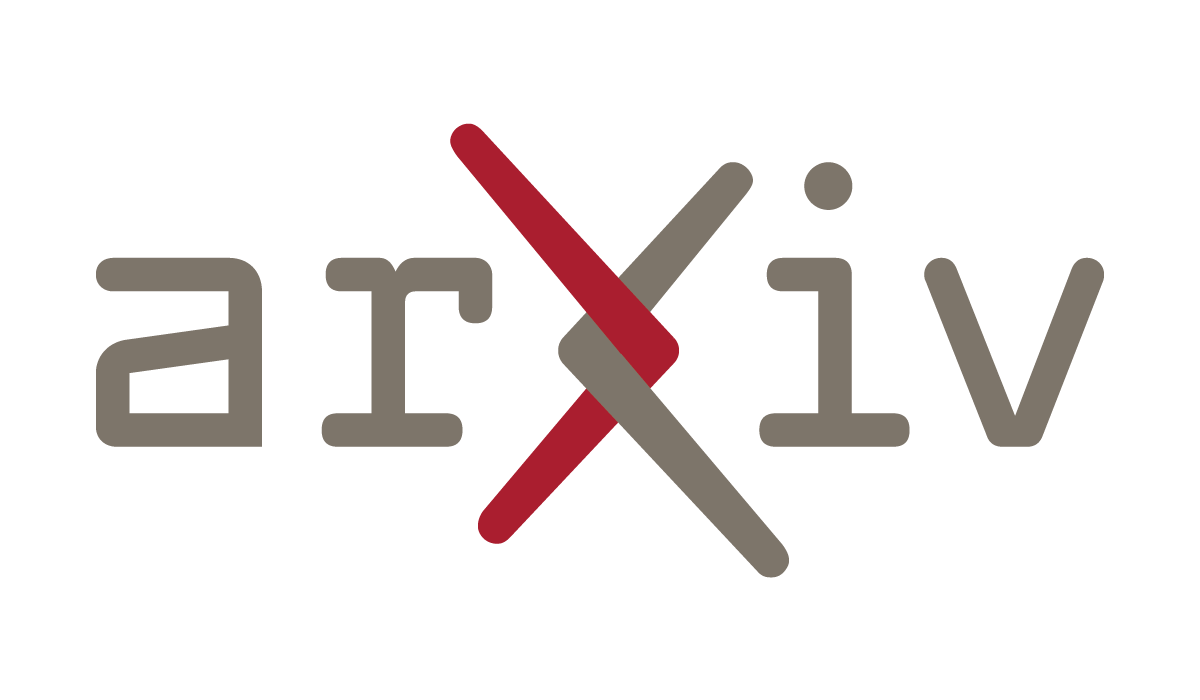Stablecoins: A Cornerstone in the Digital Asset Ecosystem
Stablecoins have emerged as the digital darlings of finance, transforming into indispensable components within the digital landscape and reaching a remarkable market capitalization of over $230 billion USD by May 2025. These revolutionary financial instruments represent a fusion of traditional and digital economies, seamlessly blending fiat currency references with programmable, low-latency infrastructure that makes money as swift and adaptable as information itself.
Imagine a financial tool that offers the speed and global reach of the internet while maintaining the reliability of traditional currencies. Stablecoins are exactly that—digital chameleons that act as fiat-referenced and programmable assets, revolutionizing payments, decentralized finance (DeFi), and tokenized commerce. By serving as sophisticated programmable monetary infrastructure, they are transforming cross-border digital economic systems and facilitating global interoperability.
Regulatory Momentum and Global Legislative Frameworks
The burgeoning popularity of stablecoins hasn't gone unnoticed by regulators worldwide. This rapid ascendancy has sparked an array of regulatory efforts, with legislative frameworks springing up globally to harness their potential while ensuring safety and transparency. The Markets in Crypto-assets Regulation (MiCA) in the European Union, the United States' Guiding and Establishing National Innovation for US Stablecoins Act (GENIUS Act), and Hong Kong's Stablecoins Bill are prime examples of comprehensive regulatory measures shaping the landscape for stablecoin deployment and usage.
These regulatory frameworks are crucial as they ensure digital assets align with economic stability and security standards. The regulatory engagement demonstrates a growing recognition of stablecoins' transformative potential in creating trusted, inclusive, and transparent digital monetary frameworks that can support future economic landscapes.
Bridging Academic Research Fragmentation
Despite regulatory progress and market growth, academic discourse on stablecoins often appears disjointed, scattered across various fields including economics, law, and computer science. This fragmentation creates hurdles in developing a cohesive understanding of stablecoin systems, leaving a void that yearns for a comprehensive framework to fully harness these digital assets' potential.
Contemporary research addresses this pivotal gap through a refreshing multi-method approach that weaves together insights from various disciplines. By synthesizing interdisciplinary research, studies are proposing unified frameworks that focus on stablecoin design, evaluation, and application, creating a robust foundation for understanding these complex systems.
A Unified Framework for Understanding Stablecoin Systems
Comprehensive Taxonomy Development
Modern research unveils a taxonomy of stablecoin systems—essentially a Rosetta Stone that categorizes them based on custodial structures, stabilization mechanisms, and governance models. This clear delineation serves as a roadmap that helps stakeholders better navigate the complex stablecoin ecosystem, providing clarity where before there was fragmentation and confusion.
Performance Evaluation Framework
To serve the diverse needs of stakeholders, contemporary studies introduce performance evaluation frameworks crafted to provide transparency and facilitate reproducibility. These frameworks are tailored to unique stakeholder requirements and supported by open-source benchmarking pipelines, ensuring that critical evaluations remain both transparent and reproducible. This approach hands participants a finely tuned compass for navigating the stablecoin terrain effectively.
Real World Asset Tokenization: Practical Applications
Through captivating case studies, research highlights stablecoins' role in real-world asset tokenization, showcasing their capacity as programmable monetary infrastructure. These studies illuminate how stablecoins orchestrate cross-border digital systems, demonstrating their indispensable role in facilitating sophisticated financial operations and proving their versatility in diverse economic applications.
Future Implications and Sectoral Transformation
By merging conceptual theory with practical, empirical tools, comprehensive research delivers exciting contributions to the field. These include shared taxonomies for stablecoin design, stakeholder-focused performance evaluation frameworks, and empirical datasets that carve paths for future exploration. The work represents a leap towards crafting digital monetary infrastructure that prioritizes trust, inclusion, and transparency.
This pioneering approach integrates both theoretical insights and practical methods, offering comprehensive roadmaps for the future of digital monetary infrastructure. By linking empirical cases to sectoral transformation and generating reproducible datasets for scholarly exploration, research fosters the establishment of trusted, inclusive, and transparent digital monetary frameworks.
Ultimately, these contributions promise to support sectoral transformation while promoting confidence through transparency and inclusiveness in the burgeoning realm of stablecoins. The comprehensive understanding developed through interdisciplinary research not only equips future research endeavors with reproducible methods but also paves the way for stablecoins' irrefutable role in future economic landscapes, ensuring their continued evolution as cornerstones of the digital asset ecosystem.










